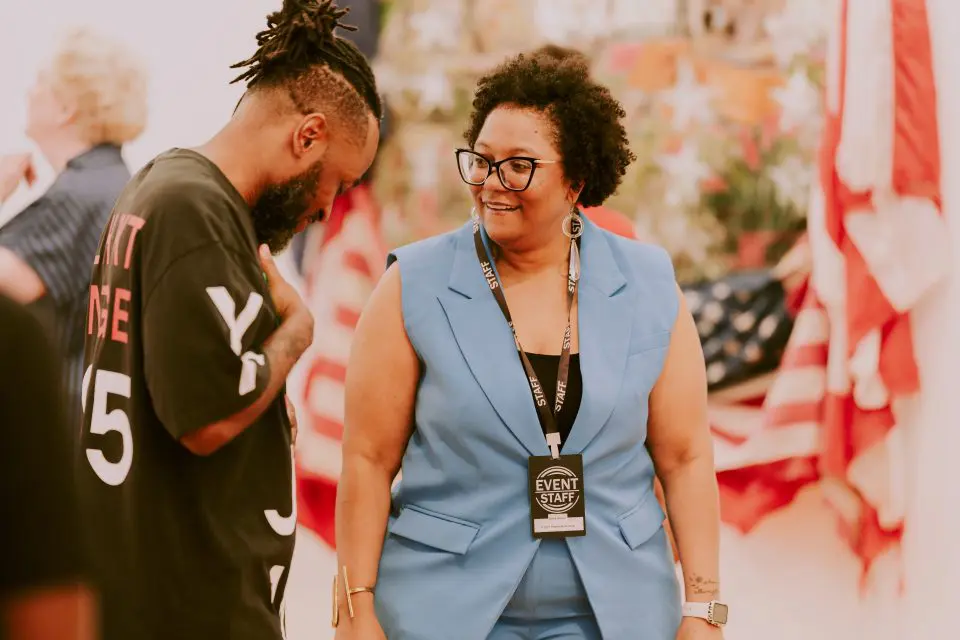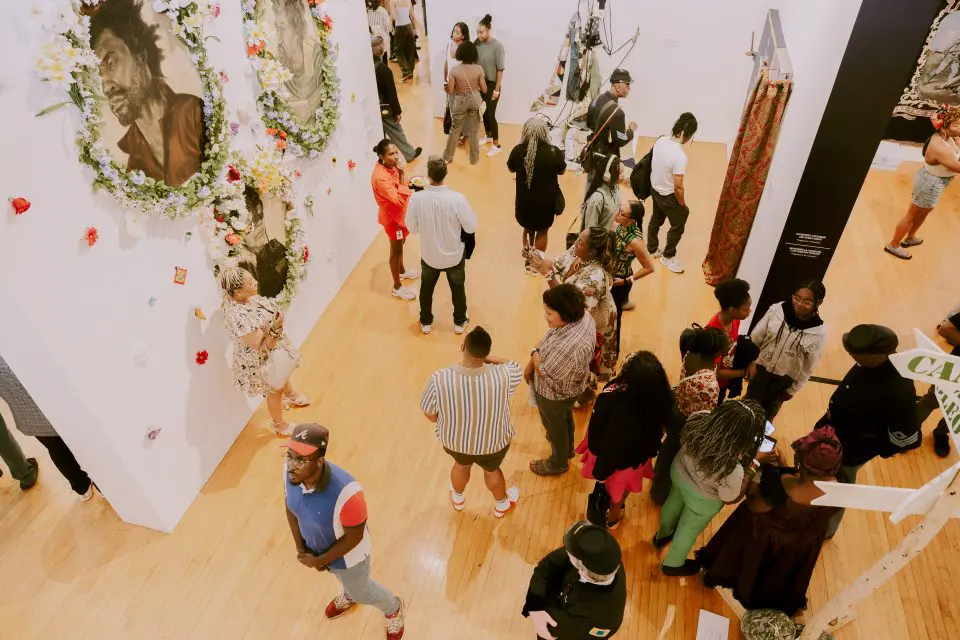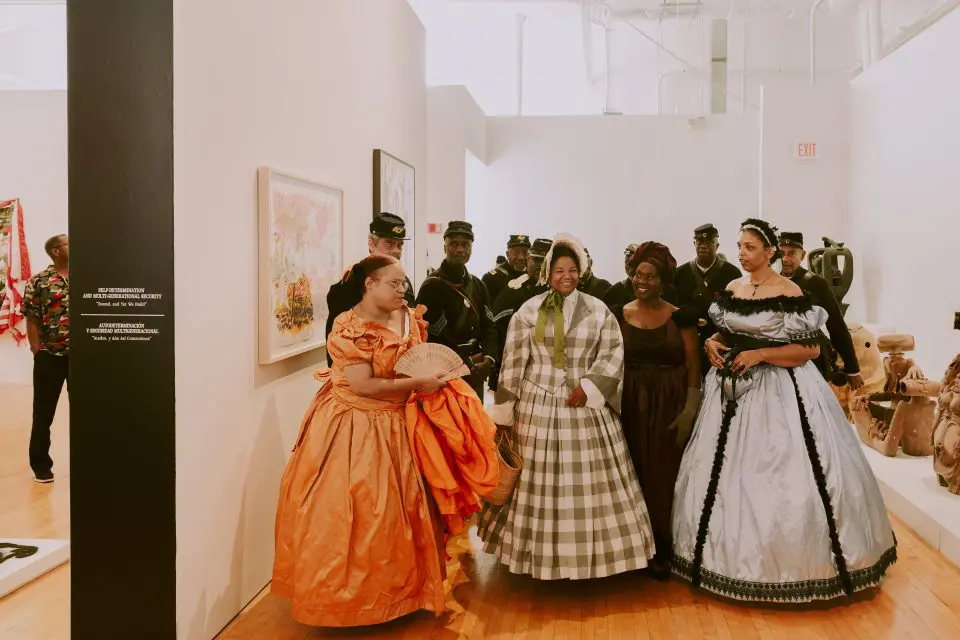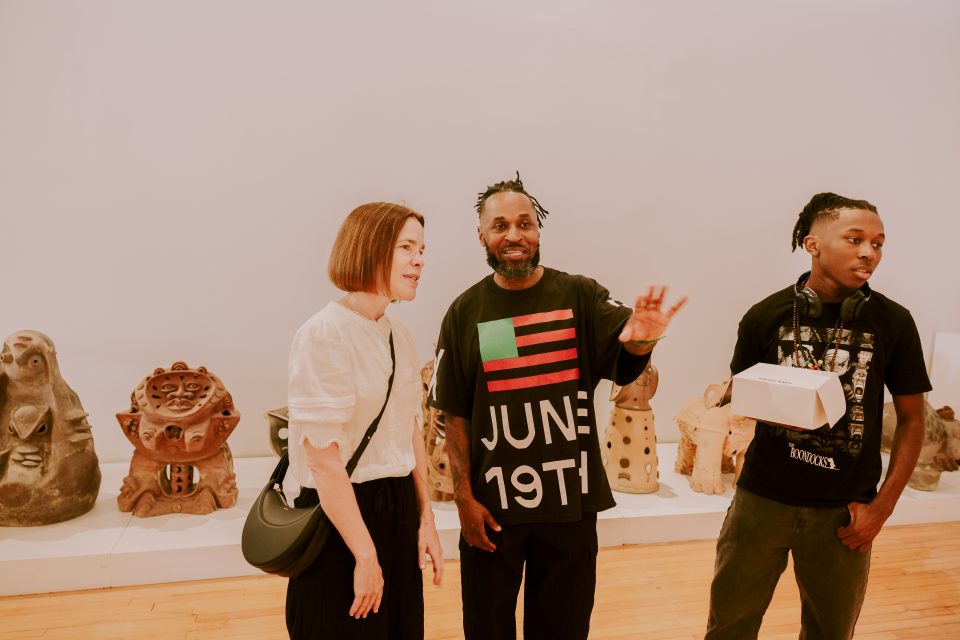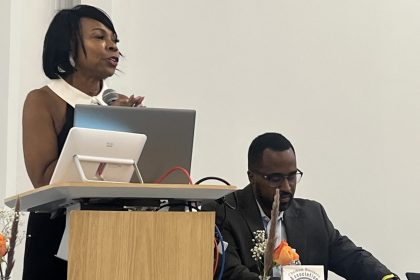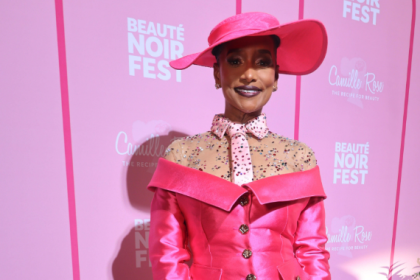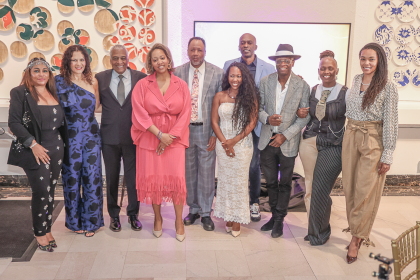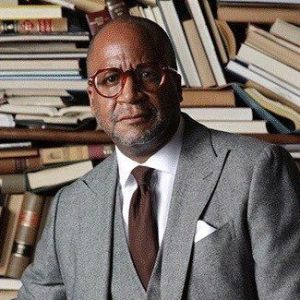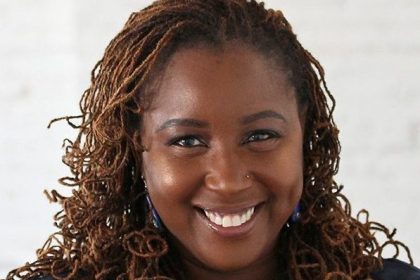After 21 years of military service and a middle-class engineering career, Tay Butler found his true mission in the Black archive. The Houston-based artist’s latest work for the Buffalo Soldiers National Museum’s “Terms & Conditions: The Promise vs. Reality” transforms a familiar military symbol—the deployment signpost pointing soldiers toward home—into a haunting meditation on racial violence and unfulfilled promises. His 11-foot sculpture redirects those arrows not toward comfort, but toward sites of racial terrorism, riots, and radical assembly points.
Butler’s installation, featured in the exhibition section “Envisioning Citizenship & Human Rights,” interrogates what freedom meant for soldiers after war, particularly the United States Colored Troops whose service was meant to secure full citizenship. Drawing from his extensive military experience and deep engagement with Black history, Butler joins eleven other artists in examining how freedom has remained conditional for Black Americans across generations. His work challenges viewers to confront uncomfortable truths about military service, racial capitalism, and the ongoing struggle for true liberation beyond what he calls “aesthetic performances and flimsy declarations of ‘Black excellence.'”
Can you describe your artwork featured in the exhibition and walk us through your creative process?
The work in this exhibition consists of a wooden sculpture and three mixed-media paintings. The sculpture features nine wooden fence planks carved into arrows, nailed to an 11-foot tree branch. The sculpture is a replica of “signposts” found on overseas stations, which point back home or to landmark cities to remind soldiers of what awaits them after the deployment is over. My signpost does not point back to home or fond destinations, however. It points back to sites of racial terrorism, racial rioting, or radical assembly points. The three paintings are a 60 X 72 inch painting on canvas, and two 18-inch squares on wood.
How does your piece speak to the meaning and legacy of Juneteenth?
My work is featured in the section “Envisioning Citizenship & Human Rights”, which speaks to what life was like for the soldiers AFTER war. The legacy of Juneteenth is that it was an opening of a door, but it is up to us as a community to organize and walk through that door. Some believe we have, but I question this belief.
What role do you believe art plays in preserving and communicating Black culture and history?
Art is the only thing left that can preserve and communicate Black culture and history. Education should be the primary means to achieve this, but not enough of us engage with the educational aspects of Black culture and history. This was a desired result of the war on Black labor, education and communities. And not just Black people, but all Americans, have been converted from an educated manufacturing economy to a content-based, financialized economy, where gambling and acquiring attention is worth more than education and creation. If more artists take on the role of preserving and communicating Black culture and history, rather than securing personal currency exchange, art has the potential to become impactful again.
How does your work reflect or challenge the social realities we live in today?
As a 21-year veteran, my post-career understanding of my service has taken a sharp turn. Rejecting the seduction of “democracy and freedom,” and engaging with the historical record and my own experiences, you realize what soldiers are actually used for. This includes ugly truths like neutralizing dissent, policing unwanted populations, assisting police and ICE, occupying Black and brown communities, and conducting regime changes in foreign countries. All in the name of defending racial capitalism. Besides the unnecessary death and destruction caused by the actions of being the world’s “superpower”, the pathology of normalizing death, genocide, and occupation slowly eats away at the mental health of soldiers, causing suicide rates to skyrocket since the beginning of these forever wars.
Do you see your piece engaging with themes of Afrofuturism or reimagining Black futures?
My work is concerned more with history than future, but by understanding the past, we can make better choices in the future. First things first, how do we restore the love and pride in Blackness beyond aesthetic performances and flimsy declarations of “Black excellence”?
What personal stories or emotions did you draw from when creating this work?
Rest peacefully, SFC James, SFC Naismith, and all those destroyed by being a piece on a living board game of Monopoly.
